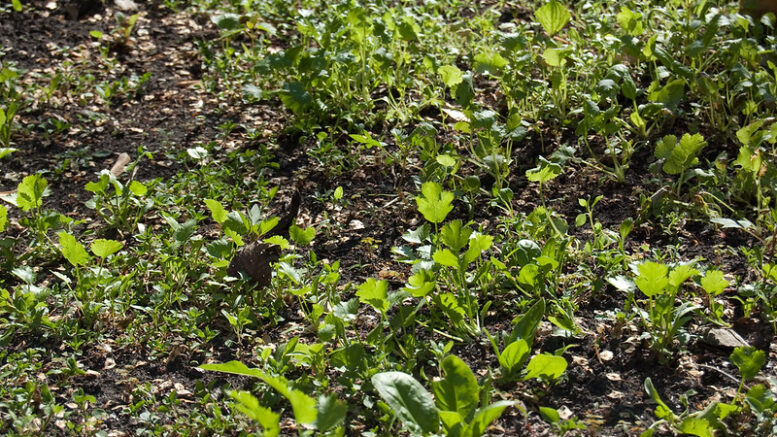Photo Credit – Permaculture – Farmer Jay – Flickr
All About Permaculture: Creating Self-Sustaining Ecosystems in Your Garden
In recent years, sustainable gardening practices have gained immense popularity, with more gardeners seeking ways to cultivate their landscapes while honoring the environment. One of the most transformative approaches to gardening is permaculture—a holistic system that emphasizes working with nature to create self-sustaining ecosystems. By mimicking natural ecosystems, permaculture promotes biodiversity, soil health, and efficient resource use, enabling gardeners to create resilient landscapes that thrive with minimal intervention.
At its core, permaculture goes beyond mere gardening techniques; it embodies a philosophy of sustainability and ecological harmony. This method combines elements of agriculture, landscape design, and ecology to produce food, conserve resources, and minimize waste. Whether you have a sprawling homestead or a small urban garden, incorporating permaculture principles can lead to a thriving ecosystem that benefits both you and the planet.
In this article, we’ll explore the foundational principles of permaculture, highlighting its benefits and practical applications for gardeners of all skill levels. Discover how to transform your garden into a flourishing, self-sufficient ecosystem that not only nurtures your plants but also enhances the overall health of your environment. Let’s delve into the fascinating world of permaculture and take the first steps toward a more sustainable gardening practice!
Exploring the Foundational Principles of Permaculture
Permaculture is built on a set of guiding principles that encourage sustainable living and harmony with nature. By understanding and applying these principles, gardeners can create resilient ecosystems that require less maintenance and resources over time. Here’s a look at some of the foundational concepts of permaculture and how they can benefit your gardening efforts:
1. Observe and Interact
One of the first principles of permaculture stresses the importance of observation. Take time to study your garden’s unique characteristics, such as its climate, soil types, and existing plant life. By interacting with your environment and observing how natural systems function, you gain insights that inform your gardening decisions, enhancing the success of your plants.
2. Catch and Store Energy
Permaculture encourages the effective use of natural energy sources, such as sunlight, rainwater, and wind. Design your garden to catch and store energy—consider incorporating rain barrels to collect rainwater, or use passive solar techniques with strategically placed plantings. By maximizing these resources, you can reduce reliance on external inputs.
3. Obtain a Yield
Every element in your garden should serve a purpose and contribute to a yield, whether it’s food, herbal medicine, or even habitat for beneficial creatures. By focusing on productive plants and efficient systems, you create an environment where the output meets your needs while supporting the ecosystem.

